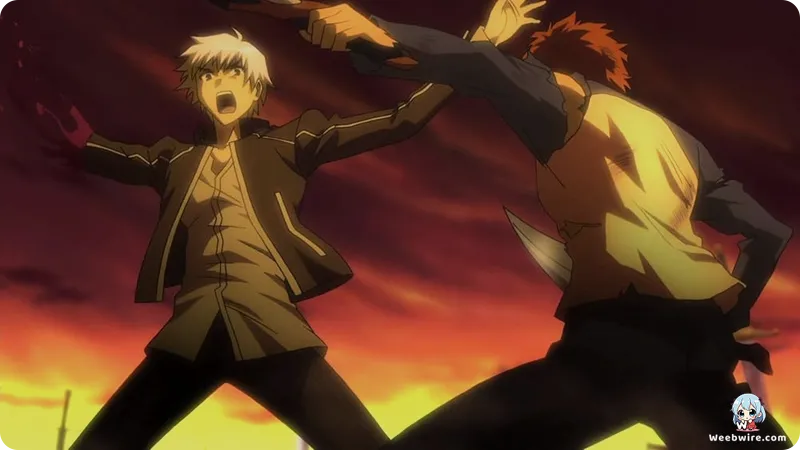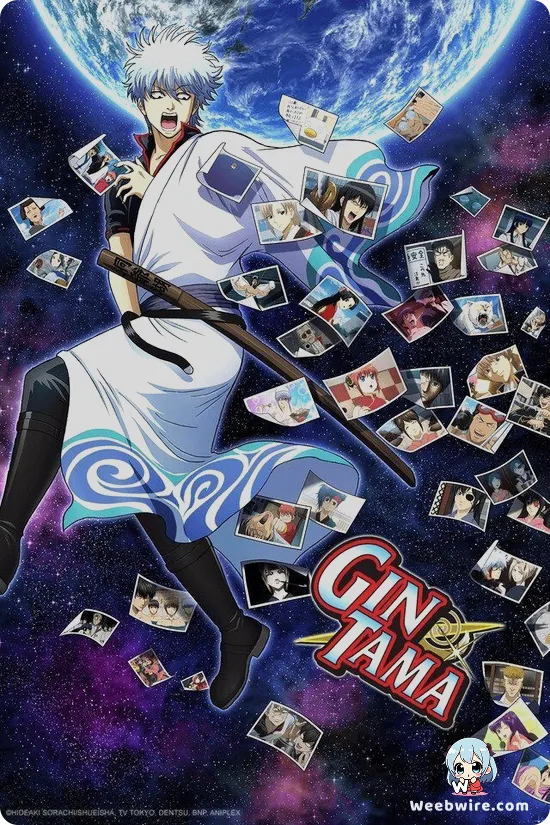Revisiting the 105-Minute Holy Grail War: Why Studio DEEN's 2010 *Unlimited Blade Works* Film Remains a Crucial, Action-Packed Piece of *Fate/stay night* History

The Fate/stay night franchise is recognized globally for its sprawling mythology and high-caliber animation. However, one entry in its adaptation lineage frequently sparks debate and serves as a fascinating historical footnote: the 2010 feature film, Fate/stay night: Unlimited Blade Works. This movie, helmed by Studio DEEN, marked the inaugural attempt to dedicate an adaptation solely to the second primary narrative path of the original visual novel, known as the Unlimited Blade Works (UBW) route. The unique and highly constrained production environment surrounding this movie yields several facts often obscured by the prestige of its subsequent adaptations.
The Challenge of Extreme Condensation
The most extraordinary aspect of the 2010 DEEN production was the sheer ambition or perhaps necessity of its length. The source material, the UBW route, is a monumental narrative, delving deep into the philosophical conflict between the pragmatic Servant Archer and the idealistic protagonist, Shirou Emiya. Fully exploring the character arcs, expansive world-building, and crucial internal monologues requires over 40 hours of reading time. Studio DEEN faced the daunting challenge of compressing this massive epic into a theatrical runtime of just 105 minutes. This need for extreme narrative truncation forced distinct creative decisions, positioning the film as a unique case study in the difficulties of adapting monumental source works for the cinema.
A direct consequence of this blistering pace was the near-total elimination of foundational character development. Unlike later, expansive television series, the film operates under the explicit assumption that the viewer is already deeply familiar with the rules of the Holy Grail War and the core motivations of key players like Rin Tohsaka and Shirou Emiya. Essential scenes dedicated to forging the central relationships critical for understanding Shirou's heroic ethos and Rin's blend of compassion and pragmatism were either drastically shortened or excised entirely. This stylistic choice fundamentally shifts the viewing experience away from a nuanced character study and toward an unrelenting, high-octane action spectacle. Consequently, visual novel purists often recall the film less for its emotional depth and more for its rapid-fire coverage of major plot beats, treating critical emotional turning points almost like mandatory checklist items.

Historical Context and Route Mixing
Adding another layer to its historical oddity is Studio DEEN's prior reputation for 'route mixing.' Their 2006 Fate/stay night TV series, while focused on the 'Fate' route (Saber's narrative), controversially integrated elements, characters, and climaxes from both the UBW and Heaven's Feel routes. Although dedicated to UBW, the 2010 movie subtly continued this trend. Certain pacing and structural decisions seem to echo the earlier 'Fate' route adaptation, particularly in how some supporting figures are handled or the final confrontation is staged. This blending, though minor compared to the 2006 series, ensures the 2010 film remains a distinctive, non-purist interpretation of the UBW storyline, setting it apart sharply from later, more faithful adaptations.
Visual Style and Legacy
Despite these narrative challenges, the film remains a landmark of late 2000s/early 2010s anime production aesthetics. While it lacks the advanced digital polish of contemporary Fate projects, director Yuji Yamaguchi utilized a heavy, dark, and visceral aesthetic, prioritizing impactful choreography and deep shading. This gave the action sequences a palpable sense of weight and intensity. The film delivers several iconic battles, notably the clashes between Archer and Lancer and the climactic reality marble duel between Shirou and Archer. These sequences, despite occasional limitations in background detail stemming from budgetary constraints, hold significant historical value as the first fully animated depictions of these critical moments, establishing the initial visual lexicon for future iterations.
Finally, the remarkable consistency of the core Japanese voice cast provides a grounding element. Despite the significant shift in production studios and visual styles across the Fate/stay night timeline, Noriaki Sugiyama (Shirou Emiya), Kana Ueda (Rin Tohsaka), and Junichi Suwabe (Archer) all returned for the 2010 film. This vocal continuity connects the film directly to the 2006 series, allowing audiences to focus on the stark narrative and aesthetic differences without the added disruption of unfamiliar voices. The Fate/stay night: Unlimited Blade Works (Movie) is ultimately a captivating artifact a highly condensed, action-focused product of its time and constraints making it an essential, if often debated, chapter in the Fate animation saga.
Credits
Fate/stay night: Unlimited Blade Works (Movie)
Author
Kinoko Nasu
Cover Art
Takashi Takeuchi
Studio
Studio DEEN
Publisher
Type-Moon
Producers





